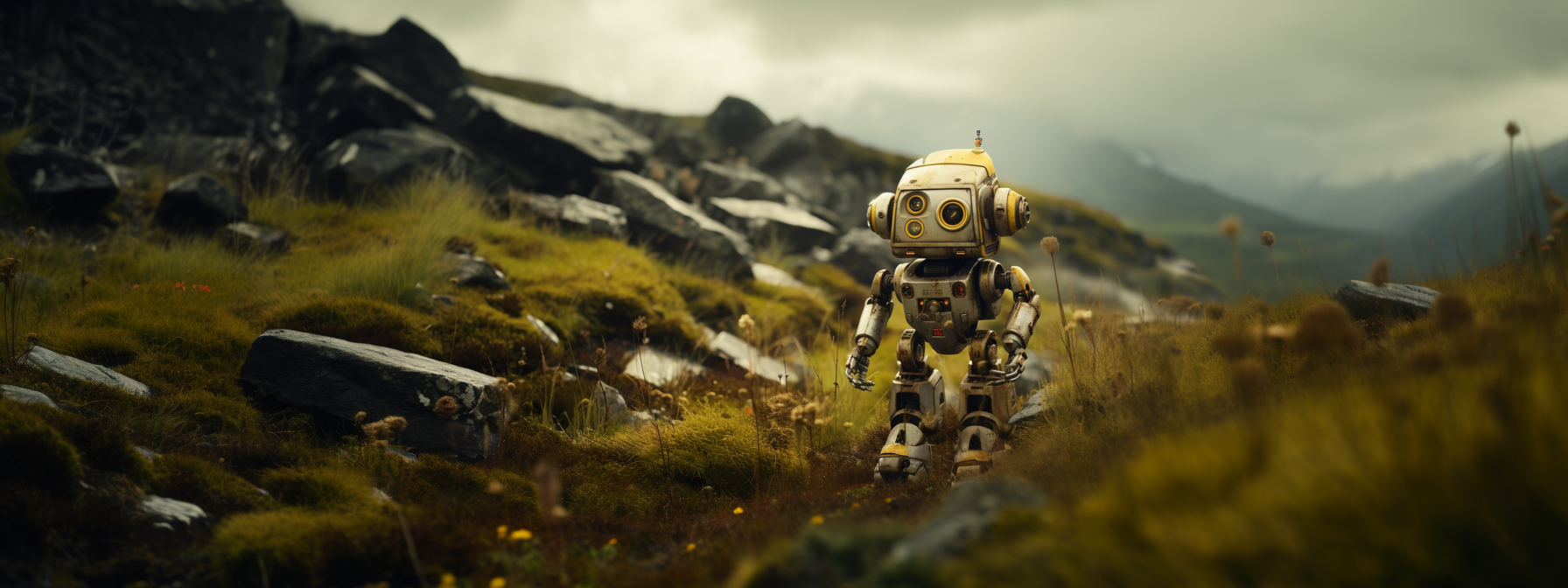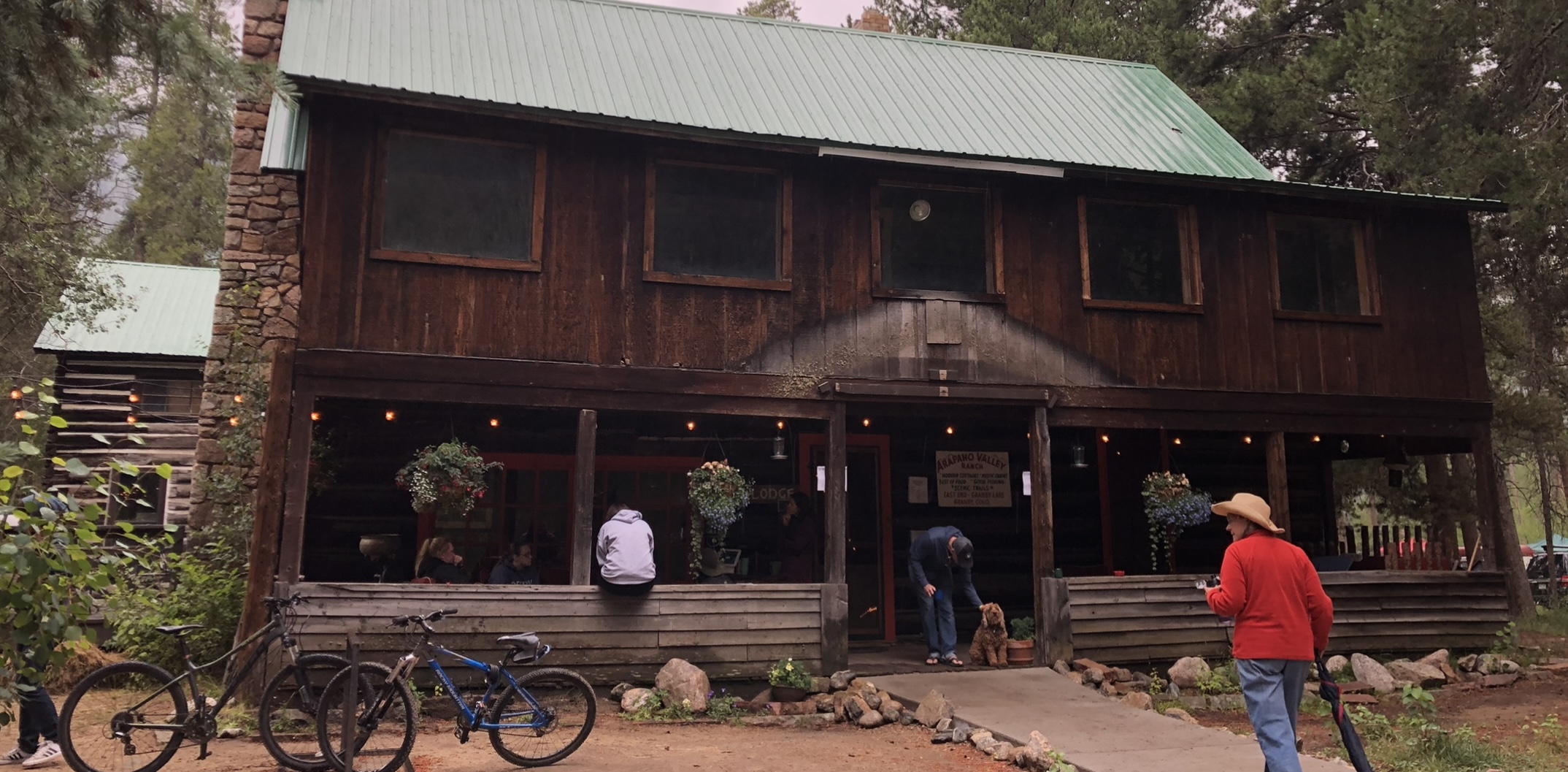Our lives and my life become consumed by virtual experiences. The digital, simulated, artificial, streamed, and recorded consume our attention. Our devices create their own brand of madness.
I need solitude, off the grid, with no wifi and no cell signal. These times and places are like private personal treasures and activities that I keep to myself, like an imaginary friend when I was a child. No one can intrude upon those moments and their silent, contemplative atmosphere.
So I disappear into the wilderness with a fly rod. Fifteen years ago, when I started fly fishing in earnest and before I mastered the craft, my life was not going well. Most fishing days were random, unskilled, and fishless, and I accepted that as a reflection of my fortunes in the world — or the lack of.
But I kept showing up for both.
During those moments and days of solitude, the same questions and puzzles appeared again and again, the ones about trout and the ones about my place in the world. They were like vagabonds, transient pieces of a puzzle that was shaping itself, and still is. They kept showing up until eventually they found a landing place and took root. Life got better, easier.
I catch more now — literally, on the streams I fish and figuratively, in my endeavors.
I know of few better, more authentic experiences than standing in a river, trying to outsmart fish. For long hours, the outside world fades away and I focus on the water, the movement of riffles, currents, eddies, pools, and seams. I focus on the flinging motion of a 9-foot stick of boron and the precise placement of tiny tufts of feathers on the end of a string of nylon onto a specific thread of moving water, trying to imitate what a real insect would look like to the mind of a trout.
It often works.
I’m full-analog now, eyes down, attentive to riffle and pool and shifting light, always watching for a tell-tale bump or ripple on the surface or the flash of scales in the light or a smudge of movement in the shadows that suggest a possible native rainbow.
I pause to stretch my hunched shoulders and back, to look around, above the water, up into what this small stream of sparkling spring water has carved. The view around and above me starts with the tops of cedars stream-side, above them a 50-foot cliff of jagged schist twisted and folded in gun-metal gray and flecks of silver. Then 200 feet above that, a ridge of red Pikes Peak granite hogback dotted with pinon pine, and far above that, a thousand or more feet up, rounded and weathered hoodoos of black basalt, stark against the scattered white clouds framing the deep blue Colorado sky.
This scale unfolds to the wider scene, and I scan around me at a hundred other varying perspectives of trees, rock, canyon, mountain, cloud, and sky.
Then, my focus narrows, zooming back to the singing waters. With three crisp false casts on my number 4 fly rod to get the distance right and correct for the breeze, I land a tan caddisfly on a 4-inch wide seam of current between two small boulders. A wild native trout takes the caddis as soon as it hits the water, races out into the main channel to leap furiously, angrily into the air, fighting the maddening tug at its lower jaw.

I let it play for a few minutes, to enjoy the action, to savor this dance with the wild and free, before gradually pulling the fish close to my feet in the stream in front of me. Still it thrashes and splashes, still enraged.
Without taking the trout from the water, I pluck the fly from its lip and hold it gently in the water for a few seconds to feel its life, the soft slimy plumpness, the way it squirms rhythmically with the current.
Then it darts away.

I am haunted by canyons.
The soaring distances and rims and ledges appear mystical from down here in the water, where I’m hostage and hubris, where I shrink from myself and from carving anything useful in the world.
How many millions of years, millennia upon millennia, have these cliffs and crags cradled this stream? Surely this soft burbling water, this knee-deep home for trout and caddisflies and watercress cannot have carved this massive fortress of pinnacles and precipices?
But I know time solves that. Rock yields even to wind and sun with enough years and seasons.
This all appears, unlike my petty ideas and plans, as permanence — and relative to the few decades I’ll walk the planet, it is lasting, solid, firm, trustworthy. But it too will dissolve away, crumbling to the sea, a grain, a crack, a splash at a time, ripples in a pool like my own steps in the stream and the light touch of my caddisfly.
I am haunted by isolation, by trackless wilderness, by human-less mountains and forests. Here I can escape the conflicts with and comparisons to my fellows, here I can stand in relief with the land. My own substance is this earth.
As often as I reach for the reunion I will fail, but I will not cease casting until my muscles fade away or the canyon crumbles to the sea.



